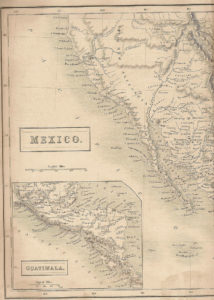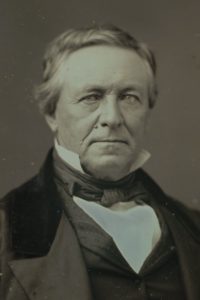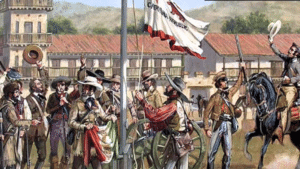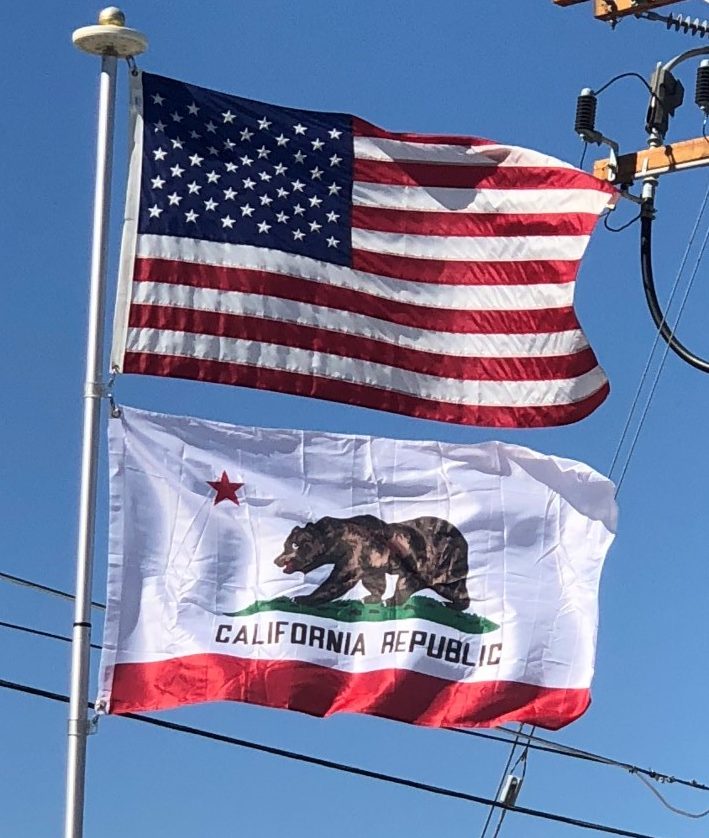Cattle ranches, or ranchos, emerged as the dominant institutions of Mexican California. Soon after Mexican independence from Spain, the chain of missions became the property of the Mexican government and was secularized by 1834. The ranchos developed under ownership by Spanish-speaking Californians, known as Californios, who had received land grants, and traded cowhides and tallow with Boston merchants.

From the 1820s, trappers and settlers from the United States and the future Canada arrived in Northern California. These new arrivals used the Siskiyou Trail, California Trail, Oregon Trail and Old Spanish Trail to cross the rugged mountains and harsh deserts in and surrounding California.
The early government of the newly independent Mexico was highly unstable, and in a reflection of this, from 1831 onwards, California also experienced a series of armed disputes, both between regional areas, and also revolts against the central Mexican government. During this tumultuous political period Juan Bautista Alvarado was able to secure the governorship from 1836 – 1842. The military action which first brought Alvarado to power had momentarily declared California to be an independent state, and had been aided by American and British residents of California, including Isaac Graham. In 1840, one hundred of those residents who did not have passports were arrested, leading to the Graham affair.
One of the largest ranchers in California was John Marsh.

After failing to obtain justice against squatters on his land from the Mexican courts, he determined that California should become part of the United States. Marsh conducted a letter-writing campaign espousing the California climate, soil and other reasons to settle there, as well as the best route to follow, which became known as “Marsh’s route.” His letters were read, reread, passed around, and printed in newspapers throughout the country, and started the first wagon trains rolling to California. He invited immigrants to stay on his ranch until they could get settled, and assisted in their obtaining passports.
After ushering in the period of organized emigration to California, Marsh helped end the rule of the last Mexican governor of California, thereby paving the way to California’s ultimate acquisition by the United States.
California Republic and American Invasion:
In 1846, a group of American settlers in and around Sonoma rebelled against Mexican rule during the Bear Flag Revolt. Afterwards, rebels raised the Bear Flag, featuring a bear, a star, a red stripe and the words “California Republic,” at Sonoma. The Republic’s only president was William B. Ide, who played a pivotal role during the Bear Flag Revolt. This revolt by American settlers served as a prelude to the later American military invasion of California, and was closely coordinated with nearby American military commanders.

The California Republic was short lived; the same year marked the outbreak of the Mexican–American War (1846–48). When Commodore John D. Sloat of the United States Navy sailed into Monterey Bay and began the military occupation of California by the United States, Northern California capitulated in less than a month to the United States forces. After a series of defensive battles in Southern California, the Treaty of Cahuenga was signed by the Californios on January 13, 1847, securing American control in California.
Early American Statehood Period:
Following the Treaty of Guadalupe Hidalgo (February 2, 1848) that ended the Mexican-American war, the westernmost portion of the old Mexican territory of Alta California soon became the American state of California, and the remainder of the old territory was then subdivided into the new American Territories of Arizona, Nevada, Colorado and Utah. The lightly populated and arid lower region of old Baja California remained as a part of Mexico. In 1846, the total settler population of the western part of the old Alta California had been estimated to be no more than 8,000, plus about 100,000 Native Americans, down from about 300,000 before Hispanic settlement in 1769.
